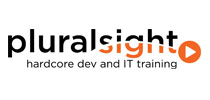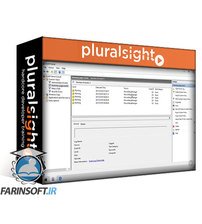در حال حاضر محصولی در سبد خرید شما وجود ندارد.

Effectively troubleshooting, diagnosing, and repairing problems with PCs is key to maintaining productivity in today's connected world. This course will build your skills as a proficient troubleshooter for Windows 10 systems.
در این روش نیاز به افزودن محصول به سبد خرید و تکمیل اطلاعات نیست و شما پس از وارد کردن ایمیل خود و طی کردن مراحل پرداخت لینک های دریافت محصولات را در ایمیل خود دریافت خواهید کرد.


Windows Installation, Updating, and Recovery Troubleshooting

Windows Virus and Malware Troubleshooting

Troubleshooting Windows Startup

Windows 10 Troubleshooting, Part 1

Providing Troubleshooting Support for Windows Users

Windows Network Troubleshooting

آموزش Windows 10 Troubleshooting – بخش دوم

Windows File System Troubleshooting

آموزش Windows 10 Troubleshooting – بخش اول

Windows Network Troubleshooting
✨ تا ۷۰% تخفیف با شارژ کیف پول 🎁
مشاهده پلن ها